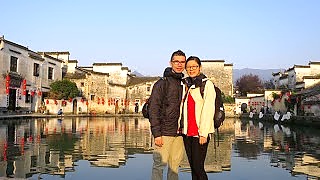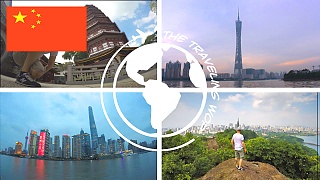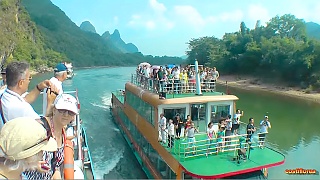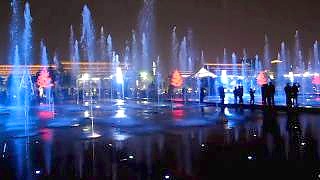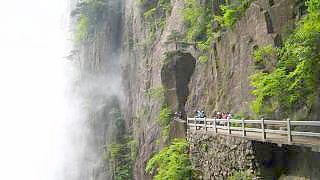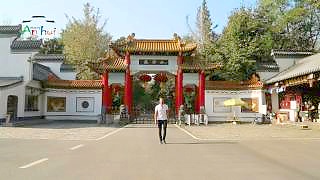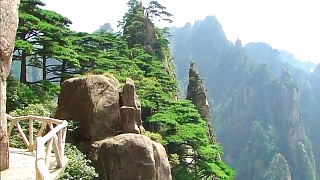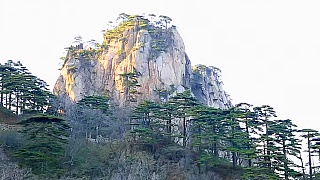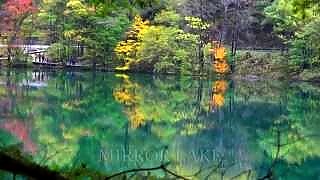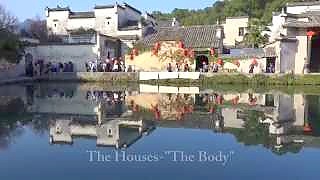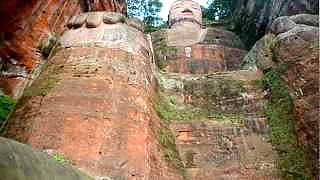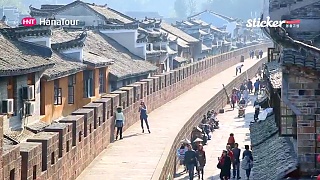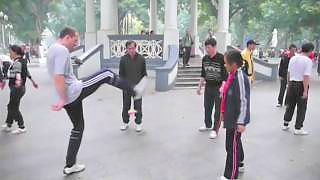HuangShan is well known for its beautiful scenery, sunsets and sunrises, unusually shaped granite peaks, ancient pine trees, hot springs, winter snow, and views of the clouds from above. Some of the peaks rise more than 1,800 meters (6,000 feet). HuangShan is a frequent subject in traditional Chinese paintings and literature.
HuangShan is a UNESCO World Heritage Site, and one of China's most popular tourist destinations. The HuangShan area is also noted for Chinese teas of high quality.
In the first film, a group of photographers spend a week on the Yellow Mountain and show that patience and dedication pays off ...
[640],shadow=true,start=,stop=
 A trip to the sacred HuangShan Mountain 黃山, AnHui province
A trip to the sacred HuangShan Mountain 黃山, AnHui province